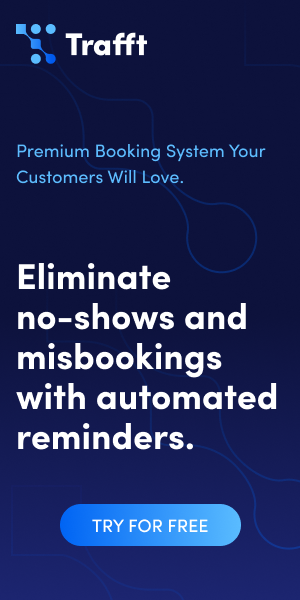The Best App Pricing Models For Your Company
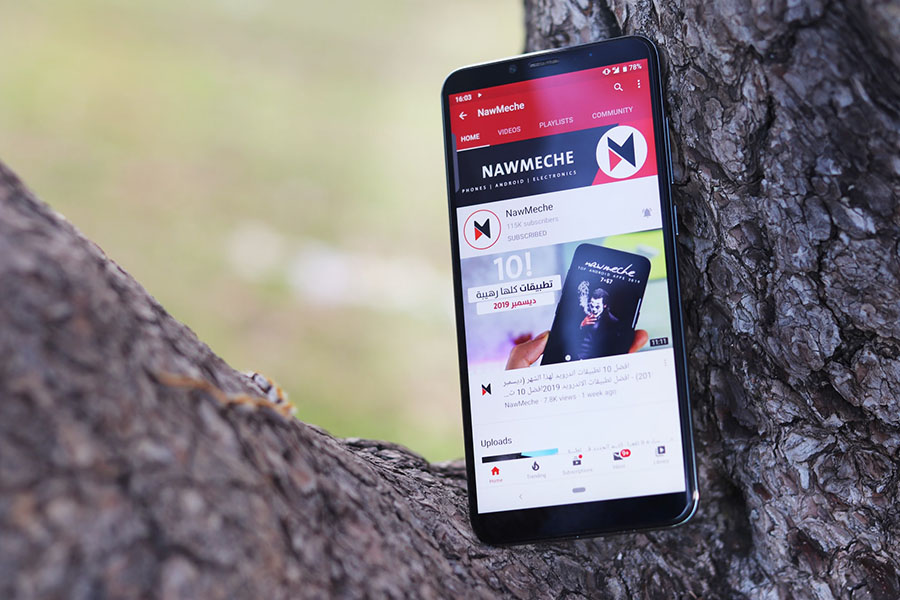
Apps are becoming increasingly valuable to consumers. This makes the market harder and harder to infiltrate.
Delivering an end product that is useful to users is the main focus and goal of any app. However, pricing a digital product is an important facet to consider.
Pricing a digital product should never be overlooked. It is essential to make a careful determination of the price.
This will help to build a profitable, successful, and scalable mobile app or digital product
The business plan should include a pricing strategy. It is also important to take time to understand consumer psychology.
Overlooking this part of the process could be disastrous.
This article will examine how to choose the best pricing strategy for mobile app development solutions. This is one of the most important and taxing steps in the development process for a mobile app.
What a large-scale enterprise and a start-up need in an app or development of an app can differ greatly. The concept of the app and its development will also revolve around different things.
What is A Pricing Strategy?
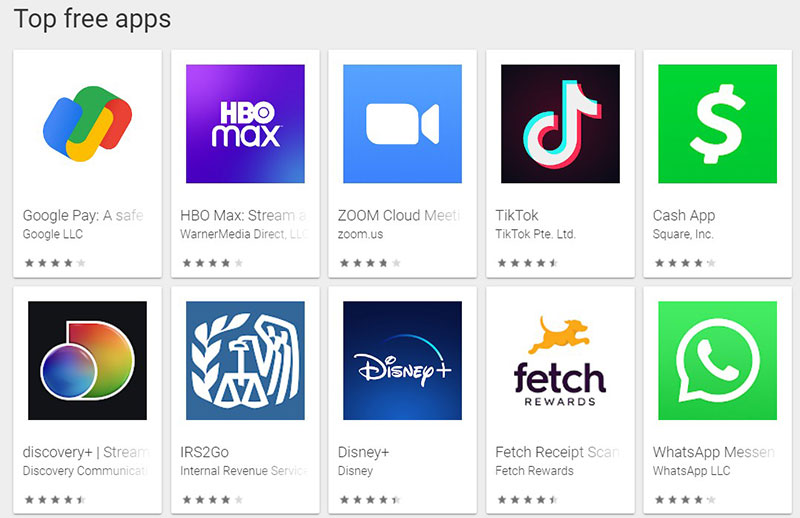
Pricing strategy is how you make revenue from the application. Every idea has some sort of business model behind it.
To begin with, the focus may be on producing the minimum viable product. This allows the product to launch onto the market as soon as possible.
But having a well-thought-out and sturdy pricing strategy before the launch is a good idea. It will only make for a more powerful and successful product.
Digital product pricing or mobile application pricing is not simple nor easy. App Store and Play Store have an endless supply of apps and mobile games.
Not only that but pricing models for apps and games have changed over time and continue to do so.
Below is an examination of mobile app pricing models and the pros and cons of using them. First, here’s some important information and insights to help when making a decision.
The pricing strategy used with the app can have a great impact on its success. It will determine the app’s position in the app store as well as how much revenue it makes.
There are several factors to consider when deciding what type of pricing model to use. Internal factors include goals, target market, the purpose of the app, and product value.
External factors might include the market environment, competitor pricing, and economic trends. It is important to take all these factors into consideration.
This may take a lot of effort and research, but it will make the application more profitable in the long-term.
Before deciding on a strategy, first review all the possible app monetizing strategies.
We can help you turn your idea into reality, take over your existing project, or extend your current development team.
Schedule a free consultation at hello@tms-outsource.com, or fill out the form and we will follow up with you shortly.
The Four Types of Mobile App Pricing Strategies:
- Free
- Freemium
- Paid
- Paymium
A more detailed look at each of these strategies follows.
Free
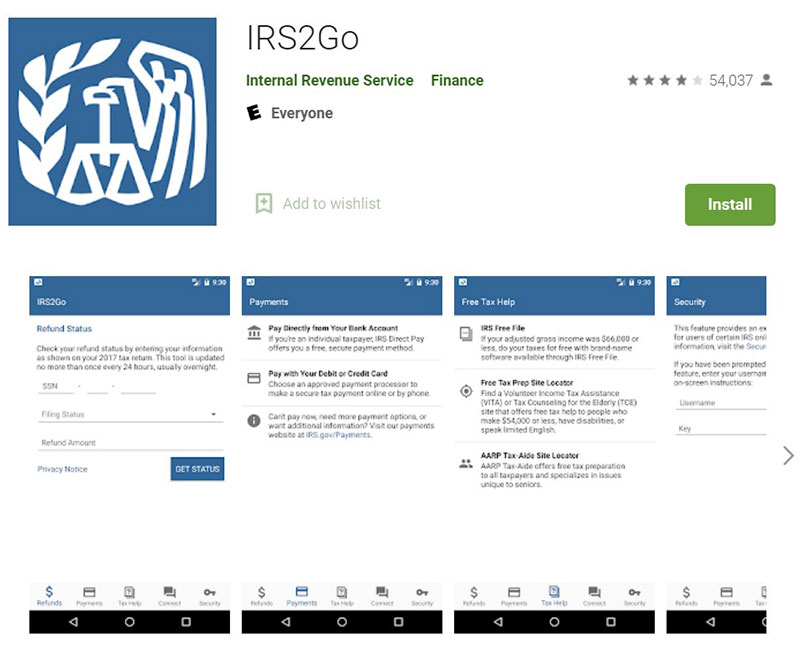
Everybody loves getting something for free. One of the most effective models is offering a free mobile app.
This is especially true when trying to attract a large number of users. Free apps are available for download from the app store.
This means that their main source of income comes from advertisements.
How Do Free Apps Make Money?
Free apps come from companies that make a product or service as an extension of the app and its services. This type of application should serve as customer service or communication.
They are also used for customer retention as a way to keep existing customers. This prevents them from switching to a competitor.
In other words, it’s a loyalty booster to keep customers buying.
There are two kinds of free application revenue models. The purpose and overall goal of the app will dictate which model is most suitable.
The Two Types of Free App Pricing Models:
- Completely free: This type of app usually acts as an add-on to an already established product or service. The overall goal of this app is not to create revenue but to direct users to other services of the business.
- Then, those services will create revenue. For example: the app has coupons for your website, which drives the customer to purchase from the
- In-app advertisements: This type of free app creates revenue or income from ads. The app is still free to download.
- Income comes from advertisers who rent or pay for advertising space on the app. Then customers or users see those ads.
With free apps, it can be easy to gain a lot of users quickly. So good free apps should gain the consumers’ awareness and engagement.
It is vital to maintain this engagement, otherwise, the app will rely on ads. Over time, this is a difficult model to keep running and maintain profits.
Advantages
Apps that are completely free have a much higher chance of getting downloaded. They boost engagement and consumer awareness.
They’re also great tools to generate revenue from advertisements. Some distinguished examples of successful free apps are Facebook, Instagram, etc.
Disadvantages
A large user base is essential for success. People dislike an app full of ads.
Freemium

Free and Freemium models work best when it comes to acquiring a large user base. With the freemium model, the focus is on providing user-friendly features and functionality.
Users are looking for more backup, storage, or features in freemiums.
Customers are willing to pay a one-time subscription fee if they get something valuable in return.
Users don’t mind paying for something that they want. So it’s important to communicate what valuable features and functionality they can receive.
Freemium apps have to make it worth the customers’ while.
The Three Main Types of Freemium Apps:
- The app itself is free to download, but to level up, users have to pay. To get premium features, boosters (in games), or use in-app currency, there is a fee. These features are most common in games.
- The app offers all its features for free, but only for an allotted amount of time. After that, users must pay a fee to continue to use the app.
- The app is free but contains ads. The user has an option to pay a one-time fee to remove all ads from there on out.
Currently, this pricing model is quite common. However, it’s only effective if you know what you’re doing.
When used well, freemium models are an outstanding marketing scheme. This strategy is much easier to utilize and control when used for a gaming app.
This is because users can start at the lowest or most basic level for free. They only have to make a payment if they choose to level up.
Advantages
With proper development, freemium apps can be a big source of income. Users will pay a reasonable price for a user-friendly and well-developed application.
Freemium model apps can attract a lot of users as well.
Disadvantages
Notifications to upgrade must be timed and positioned appropriately. An ill-timed notification will likely dissuade a user from upgrading.
It may even cause them to delete the app. This would then reduce the number of users and revenue.
Sending upgrade notifications is a balancing act, it must be methodical and careful.
Paid
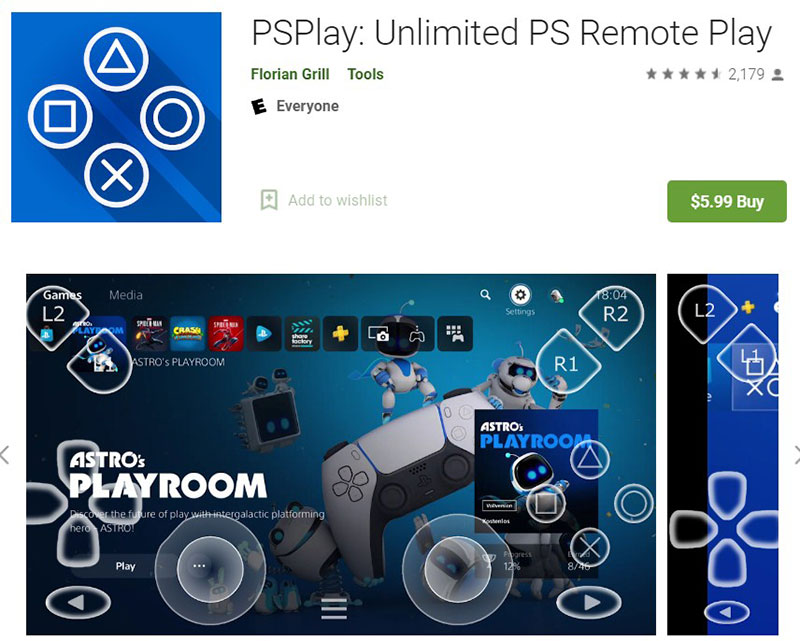
As the name reveals, for a paid app, users must first pay to be able to download the app. Since free and freemium apps are so popular and easy for the user, the paid model is the least effective.
Nevertheless, the paid app model has gained great popularity over the past few years. It’s one of the most common product pricing models for subscription-based businesses.
Some of these businesses include Netflix, Disney+, Hulu, and Amazon Prime, for example.
Apps such as these require users to pay a subscription to use the whole app. Payments may be monthly or yearly depending on the subscription plan selected.
Users can enjoy the app to its full potential with all the features included in the subscription.
When customers know exactly what they’re paying for, they’ll be more willing to pay it. Marketing for the paid model is a key factor in acquiring more customers.
A strong marketing campaign will motivate consumers to buy your product instead of using a free equivalent.
This means there must be an effective and targeted marketing strategy in place. The potential customer must know the value of the product.
This means that more than a description of the digital product in the app store is necessary.
This pricing model is effective and is ideal for a well-founded brand with a set client and customer base. To obtain subscribers, many businesses will offer a free trial for a limited time.
This free trial strategy allows customers, especially those more reluctant to pay, to see what the app is all about.
The customers will then perceive the value of the app. They’ll be more willing to sign-up and use the product long-term.
Advantages
Paid apps have first-class features and functionality. The owner may receive payment immediately.
Having a limited free trial helps customers see what they’re paying for. Users of the app will be more likely to stick around or use the app long-term.
This produces a high customer loyalty rate. If people love the app and find it useful, they’ll give it high ratings.
This in turn will encourage others to download the app.
Since all revenue derived from the app is from subscriptions, income is not based on user interaction.
Disadvantages
Advertising and marketing for the app must be targeted and effective. If not, it won’t attract enough users and won’t encourage them to pay for a subscription.
If users are not willing to pay for the app, they’ll end up not using it and will hesitate to use it in the future.
As paid apps need to have the best features, they can end up incurring much larger costs. They also tend to take a long time to develop.
Overall, it’s a huge investment that needs to be carefully thought out and planned. Users will have higher expectations for the app and its features.
Paymium
The paymium pricing strategy combines the paid model and the freemium model.
For this type of app pricing, a user must first pay for the app itself. Then, they must pay a subscription to use the app or other functionality.
This is one of the new strategies for pricing models. After paying for the app, the user pays extra fees to open and utilize other, more advanced features.
This model works best for navigation apps, music apps, or social networking apps.
Similar to the paid pricing strategy, the app must offer something of value to the user. This will encourage potential users to purchase the app and all its features.
This product pricing strategy has great potential to generate large revenue streams. If used and marketed properly, this model can produce a considerable profit.
Regardless of the purpose of the app, if using the paymium pricing model it must be high-quality. Everything from content and design to functionality must impress.
Apps need to be visually pleasing and give users a unique and engaging experience.
It’s important to get to know the market of the target audience. There could be competitors with either free pricing or freemium pricing strategies.
If there is too much market competition, it will prevent the app from being profitable and having recurring revenue.
Keep in mind that the price tag is a key factor in buying a product, not only perceived value. It’s also important to assess the market demand for the specific purpose of the app.
The app should offer something of value that’s also unique.
Advantages
Apps using this pricing model have outstanding features and functionalities. They can also bring in a large profit or revenue stream.
Owners can expect payment immediately or through consecutive payments. This pricing model will provide committed and loyal customers.
Disadvantages
The app and the ability to use all its functionality is costly. This means that the app could have fewer downloads.
This is not the best app pricing strategy for those looking for publicity. This model only works if the app is the best in its field of expertise.
It must be the best because it has to attract and encourage customers to pay for the app and its services. The app has to meet the customers’ perceived value based on the price tag.
It must also meet all their expectations for the functionality of the app.
Which Pricing Strategy to Choose
Now for the difficult part, making a decision.
As noted, there are many ways to enter and make money from the app market. There are also different ways to generate revenue depending on the pricing strategy used.
But, what is the best model to improve and validate your app? Which pricing strategy would you choose?
Apps follow the same rules for supply and demand as any other product. So, think of the app as you would any other product.
The right price is whatever people will be willing to pay. Or in other words, the perceived value of the application.
The pricing has to match the competitive market demand.
Test the Product at A Variety of Prices
The most effective way to find the best price for the product is to test it. Test the prices and see how potential users or clients respond.
Pricing an app is not only about its value but also about how much a user will pay for it. This is why it’s important to pay attention to the customers’ perceived value of the app.
Mobile apps have many benefits but one of the best is that they’re recurring revenue streams. So consider the overall income from recurring revenue.
To begin with, it may be necessary to test out a few different pricing strategies for the app. One very important thing to remember: increasing the price at a later time will not go over well.
It’s always better to start at a higher price and then reduce it later. Or offer a free app with paid extra functionality.
Learn Your Competitors’ Pricing Strategy
Every business strives to beat the competition. Yet, there aren’t any new or different pricing plans.
So, it’s always a good idea to see what the competition is doing and to learn from it.
For example: if similar apps use the free or freemium pricing strategy, don’t use the paymium model.
There is no pricing model that works for every kind of app. One-size-fits-all doesn’t apply to how developers work with an app and its pricing strategies.
Consider the purpose and goal of the app, not just what the competitors are doing. Take note of the market value, the desired DOI, and the cost of development.
Value of the Product Should Be Greater Than the Price
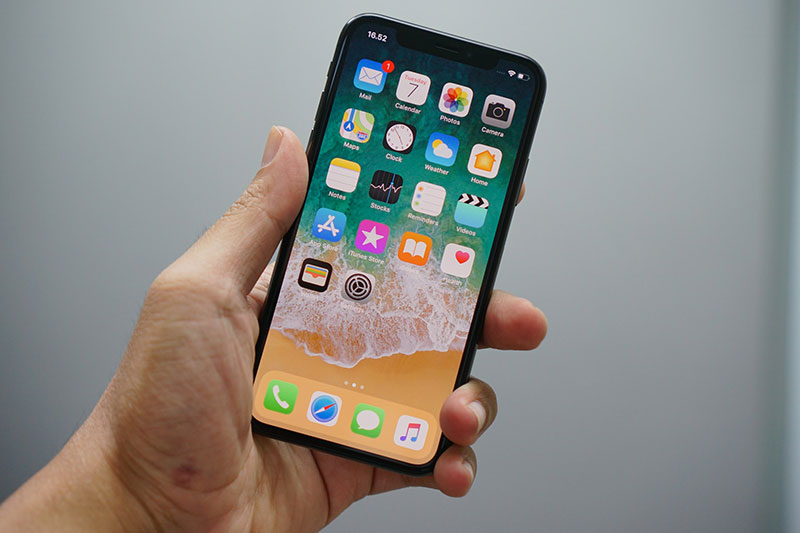
The pricing of products is more about human behaviors than actual cost. When people are looking to buy something, they want the most value for the lowest price.
They’ll compare your product with one they saw earlier without even realizing it.
Putting a price on an app puts an even higher value on the product. People will expect the most out of it.
Are all the bug fixes up to date? Is the interface exceptional?
If a user pays any amount of money for an app, even $2.99, they’ll expect it to be of excellent quality.
Thus the value of the app and its functionality must be higher than the price paid. A customer will be willing to pay almost any amount as long as the value they’re getting is greater.
Build a Product That Users Want
Build products for a specific audience or for a specific purpose. This means an app should meet certain needs or wants of a target audience.
If the app has no specific goal, it will not be successful.
When a product is in high demand or wanted by a certain audience, it will be much easier to put a price tag on it.
Offer features that will improve customer satisfaction. Or enhance their journey with the app.
By determining the development cost of the app it’s easier to decide on the pricing model. Factors like product value and actual cost are involved with development costs.
Maintenance of the product is also a big factor.
The app needs to be up-to-date with enhanced functions and features.
Customers want something with all the newest features. That’s why having a keen knowledge of the current market is so crucial.
Users Expect More From Paid Apps
Determine the price of the app based on the number of users it needs. If it requires a large number of users for it to work, launch the app as a free version.
If an app is not dependent on a certain number of users, the initial price can be flexible. Although, adding more costs later on will reduce the number of downloads.
Users that pay for mobile apps will expect more from it than if it were a free one. They’ll expect more features and functionality.
Users will not be willing to pay for updates every time one is added.
Understand the Market Demand
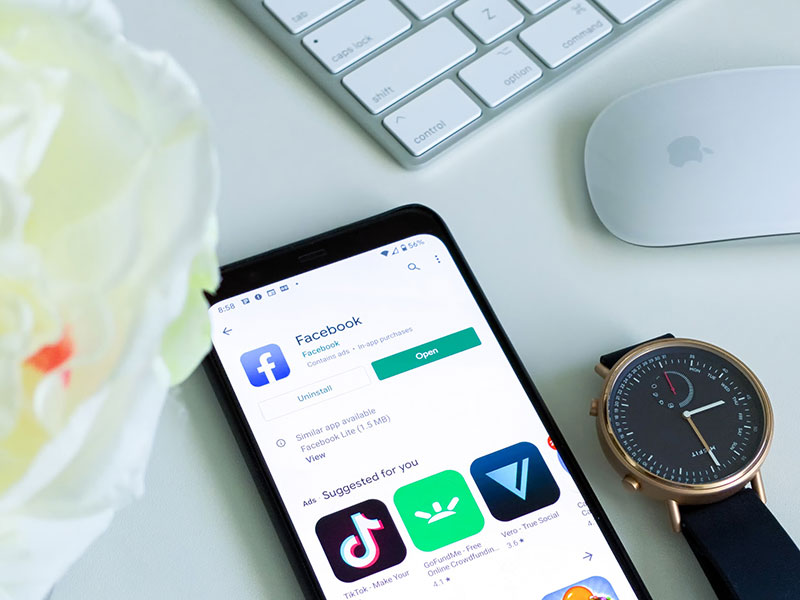
Market-based pricing is a great way to get to a profitable price for an app. Understanding the competition and user base will provide various market opportunities.
It will also highlight the areas where the competition is lacking. This will allow you to create the optimum price point for the product.
Understanding the audience is essential. Doing so will assist you in finding which pricing strategy is best.
For those looking to reach a much larger or more diverse group, go for the free strategy.
Price Should Be Affordable to Users
Pricing strategy in the development of an app should bring in a reasonable amount of profit. It should at the same time maintain loyalty among customers.
These factors should be considered before delving into the development process.
The price ought to be practical and affordable for all potential users. Market research will aid you in finding a price range that is reasonable.
Customers usually shop around before purchasing anything. So, make sure the app is the best in its class.
This means the app should have the most worth and best features for its category.
Ending thoughts on the best app pricing models for your company
Making pricing strategies for mobile applications is not a simple task. It must be planned out in order to have the highest recurring revenue stream.
Using the proper marketing plan and pricing scheme it’s possible to make a profit immediately. It also helps to maintain loyal customers.
Researching product value, app market, buyer psychology, and user behavior are important aspects to set out a strategy. Using these and pricing strategies will make for a profitable and successful app.
It will also convince users to pay for the product and to continue using it.
Whichever pricing strategy you choose, be sure it meets market expectations and achieves the business goals. Customers will then see the value of the app.
Looking for a development partner?
If you’re looking for a technology partner, development team augmentation, or just a company for your software&app development initiatives, consider TMS.
TMS is a software and digital company in Belgrade, Serbia. We develop innovative and modern software.
A few examples include premium booking software Trafft, MedTech apps like MR Prepare, or MarTech/AdTech apps like the Advise Media Suite, among other great software examples.
Check out our services and also some of the work we’ve done for our clients. Who knows, maybe we’ll form a successful relationship.
Schedule a free consultation at hello@tms-outsource.com, or fill out the form and we will follow up with you shortly.
If you enjoyed reading this article on app pricing models, you should check out this one about app metrics.
We also wrote about a few related subjects like app business plan, product improvement and IT companies in Serbia.

